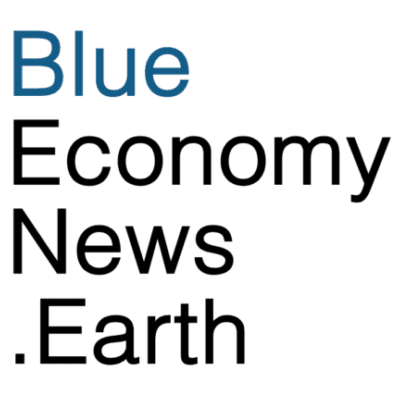The Ocean Cleanup is collaborating with Amazon Web Services to leverage its artificial intelligence, machine learning, and cloud computing capabilities to find and remove plastic debris from the ocean.
The Great Pacific Garbage Patch is an area of floating debris roughly twice the size of Texas. Most of it is has broken down into small pieces forming a “plastic stew” that impedes the ocean’s ability to help regulate the climate while also being harmful to marine life. Extracting plastic debris is essential to protect marine ecosystems, preserve biodiversity, and prevent its disintegration into microplastics that enter the food chain. But The Ocean Cleanup faces an enormous challenge in finding and extracting the dispersed plastic fragments.
AWS’s detection systems and cloud infrastructure are expected to accelerate and scale this effort by enabling precise tracking of plastic accumulation and predictive modeling of debris movement. This will enable more optimized resource management and operational efficiency—significantly enhancing The Ocean Cleanup’s ability to detect, track, and remove ocean plastic while simultaneously protecting marine life.
“Plastic pollution represents one of the most pressing environmental challenges of our time, and The Ocean Cleanup’s mission is vital for the health of our planet,” said Dr. Werner Vogels, CTO of Amazon.com. “This collaboration demonstrates how advanced cloud computing and AI can serve as powerful tools for environmental stewardship, not only transforming oceanic data into actionable insights but also creating a blueprint for how technology can address critical environmental challenges across the globe.”
The collaboration has two initial goals. One is to develop a new AI-powered system for enhanced ocean plastic detection and tracking that will identify where floating plastic is unevenly dispersed across the ocean surface like a thin soup. Using technologies from IoT, satellite, and edge computing to deploying drones and ruggedized flotation devices to precisely track plastic accumulation, the organization hopes to create a “plastic navigation” system that predicts debris movement and optimizes cleanup operations.
The other is to implement a cloud-based infrastructure for marine life protection to help The Ocean Cleanup further improve their marine life detection systems.
“Innovation and cutting-edge technology have always been at the heart of our approach to achieve our mission to rid the world’s ocean of plastic,” said Boyan Slat, CEO and Founder of The Ocean Cleanup. “Our collaboration with AWS has the potential to deliver significant advancement in our capabilities. With AWS’s technology, we can then better locate plastic hotspots, optimize our cleanup operations, and ensure we’re protecting marine ecosystems while removing harmful plastic debris to achieve our ultimate goal of a 90% reduction in global ocean plastic pollution.”

